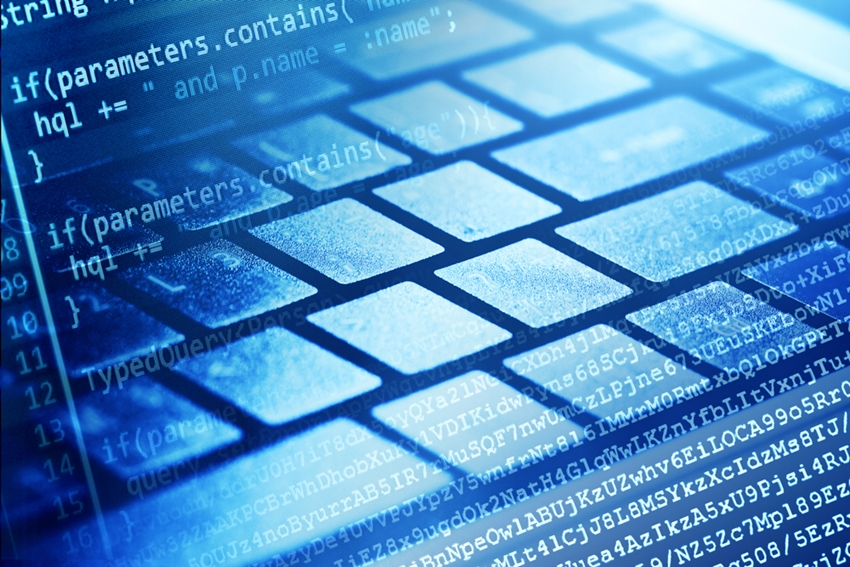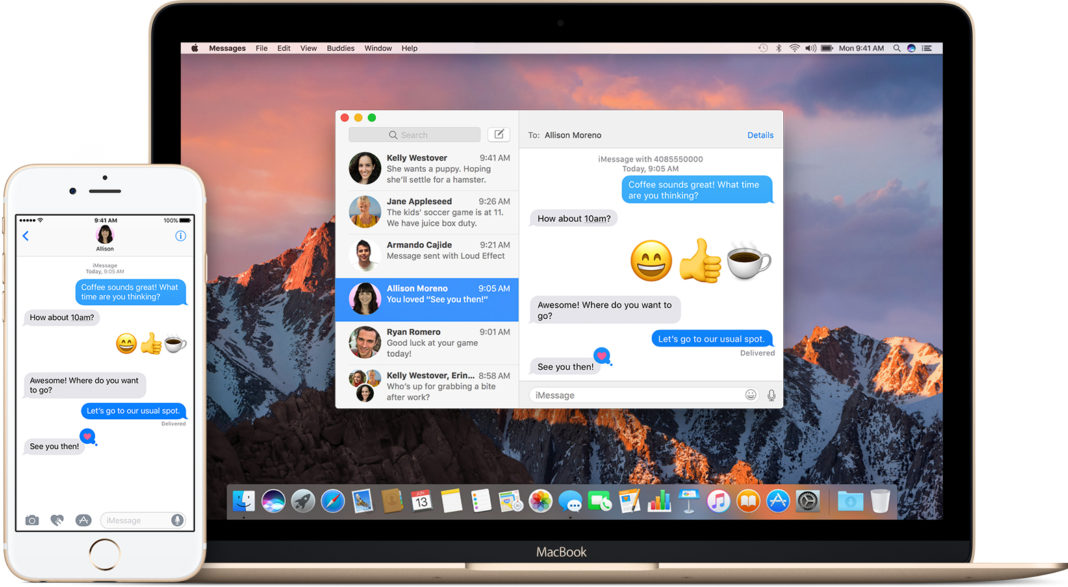Guiding one’s privacy and safety is not a simple and clean-cut process. There are numerous elements to be considered and these change on daily basis. This article will highlight eight things that you need to do in order to protect and guide your privacy online.
- Generate and use random passwords. You can generate a random password based on feelings, mood, the weather, and even with the help of a password manager.
- Come up with unique passwords for all your individual accounts. This will help you just in case one of your services get hacked into.
- Get yourself a password manager. You can buy the software for as little as 2.99/month or use LastPass which is free, to store, generate, secure random and synch your passwords.

- Utilize the services of a two-step verification process where possible. The two-factor authentication method is usually offered by internet services such as social media platforms and email portals. This method of verification blocks out third parties from logging into your account even if they manage to still your password.

- Constantly update your software. This feature can be done through setting up your software and enabling automatic updates.
- Setup a six digits pin for unlocking your phone that automatically wipes off if wrongly guessed several times. This is an easy security method because every smartphone requires a password before it can be unlocked. Just go to settings and you will find this option.
- Activate full-disc encryption. This can be done using BitLocker on Windows or FileVault on a Mac. This will automatically encrypt your computer’s hard-drive when turning it off.
- Use an external hard drive for backup. You should sync your phone to your computer. This way, everything on your phone is stored on your computer. Simultaneously, everything in the computer will get served on the physical external hard-drive. This is an excellent idea of keeping all your information physically should anything happen to your software or computer.
More News To Read











